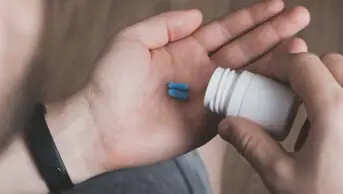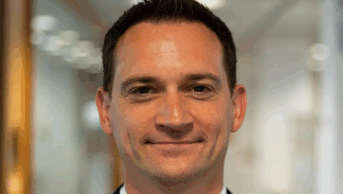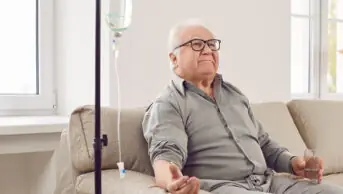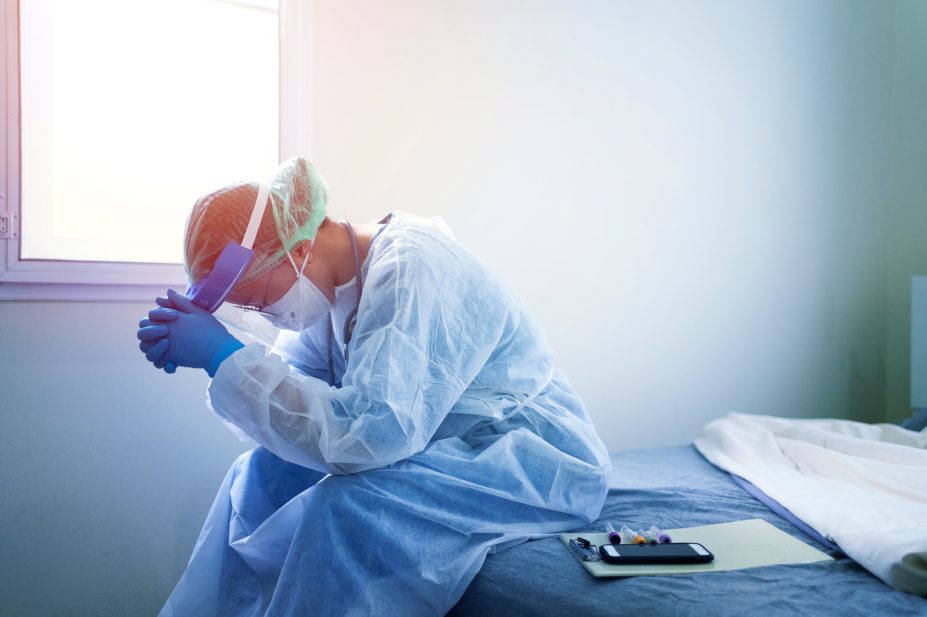
Shutterstock.com
Open access article
The Royal Pharmaceutical Society has made this article free to access in order to help healthcare professionals stay informed about an issue of national importance.
To learn more about coronavirus, please visit: https://www.rpharms.com/resources/pharmacy-guides/wuhan-novel-coronavirus
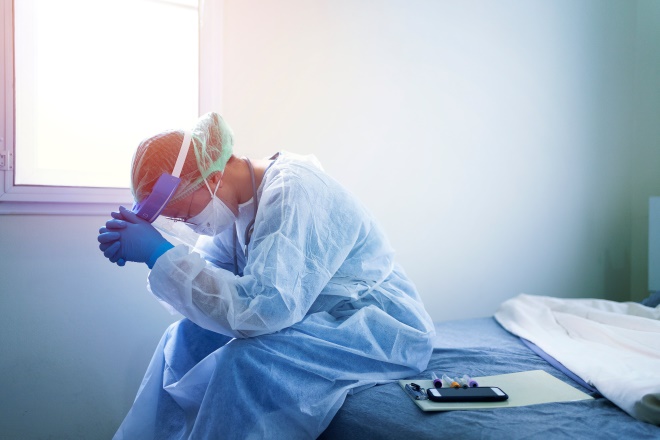
Source: Shutterstock.com
My region, the north west of England, would go on to be one of the worst affected by the pandemic.
The build-up to the first surge at my north-west hospital was eerie. A week or so before the first reported UK cases, our usually busy critical care unit was largely empty. Footfall through the emergency department was down. We braced ourselves.
From a pharmacy perspective, I had two main objectives.
First, I had to make sure we could provide enough stock to cope with the ever-growing predicted number of patients who would require level three care (ventilation). We initially planned to roughly double our critical care capacity; our next step would be to spread into the theatre recovery unit and then, if necessary, spread to some of the wards. We could end up with as many as 100 ventilated beds.
We ordered medicines sensibly, without stockpiling, to prevent shortages and, so far, we seem to have got the balance right. We have always had the medicines we need available to us.
There was also the question of what we needed. Early signals from China and Italy suggested that many patients needed proning (when a ventilated patient is nursed lying on their front rather than on their back), which requires different practices from the norm: a greater use of paralysing agent and deeper sedation to accommodate the paralysis and keep the patient safe.
The second objective was to train enough pharmacists to look after these ventilated patients; it is very different from usual care. When your patient is sedated — and probably unable to communicate — one of the main sources of information for medicines reconciliation is taken away from you.
A colleague and I trained eight pharmacists who stepped up to the plate; one even shaved off his beard so he could be mask-fitted, just in case he was called into action.
Ours was not the only trust facing the virus, and so, those of us in the UK Clinical Pharmacy Association Critical Care Group pulled together a beginner’s guide to managing COVID-19. We also ran three webinars with the Royal Pharmaceutical Society highlighting the basics of care for these patients and covering the aspects that differed from textbook critical care.
However, there were some unexpected conundrums; one of which is still troubling me. Infected patients seem to be at higher risk of clots, so what dose of venous thromboembolism prophylaxis should be used? National guidance is being published, but we still don’t really have a clear answer.
Another big problem is that many medicines have been banded around for their potential to treat COVID-19, but do any of them work? I volunteered as the principal investigator in my trust for the RECOVERY trial to help find out.
And then it happened.
I came back after the weekend on Monday 30 March, and we were swamped. We had more than doubled our usual level three capacity and were close to breaching into the extra unit.
The first time I entered in full personal protective equipment (PPE) was so strange. And I made a rookie error: as soon as I stepped foot inside, I realised that my smart card was under my PPE, so I had no way of accessing patients’ records until I left again.
After just a couple of hours, I was really feeling the effects of being covered head to toe in protective clothing. I was hot and itchy, and my mask and goggles rubbed painfully. I needed to use the toilet — getting fluid balance has become a fine art — and I felt drained.
On my way home from that day I was numb. Had I put on my PPE correctly? Was I doing the right thing by going onto the unit? Am I putting my family at risk? I am normally relaxed in my disposition, but I could not settle at all that first night.
I thought about the hospital I work in, which also happens to be the hospital I was born in, and my critical care unit, where my own mum sadly passed away a few years ago. For some of my colleagues, however, this was their first experience of seeing people they knew so sick.
It was inevitable that we would see our colleagues intubated and ventilated on the unit, but this did not soften the blow when one doctor, who had worked in the trust for many years, lost his life, leaving a wife and young family behind.
As we emerge from those days, I now have positives I can take away from it all. We have really pulled together to make things happen. I have gotten to know people I would only ever have given a nod in passing before. And I have been warmed by the generosity and support my community have afforded key workers like me.
Greg Barton, specialist pharmacist (critical care and burns), St Helens and Knowsley Teaching Hospitals NHS Trust, Merseyside; group chair, UK Clinical Pharmacy Association Critical Care Group
